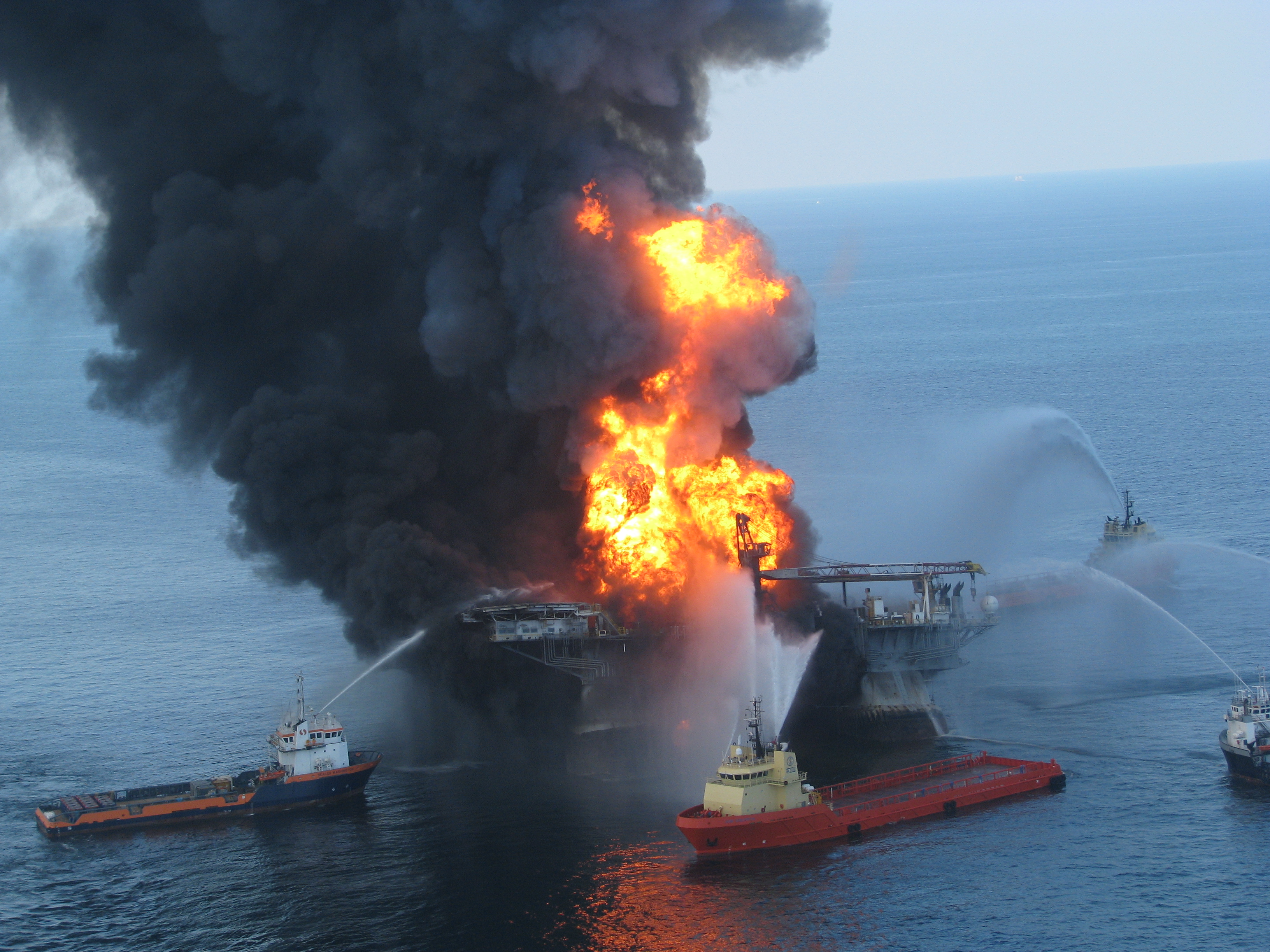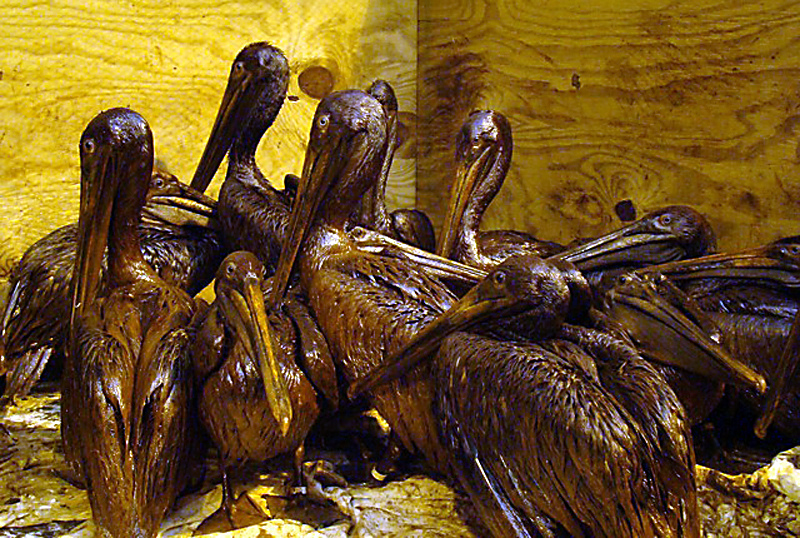Just how much oil is leaking from the Deepwater Horizon blowout in the Gulf of Mexico? In its original exploration plan, BP estimated a worst case scenario of 162,000 barrels per day (6,800,000 US gallons; a barrel is 42 US gallons). Shortly after the April 20 blowout, BP claimed that the leak was only 1,000 barrels per day (42,000 gallons), and the estimates of how much oil has been leaking into the Gulf per day have varied wildly ever since – ranging from NOAA’s April 28 estimate of 5,000 barrels (21,000 gallons) to a BP estimate of up to 100,000 barrels (4,200,000 gallons) – from an internal BP document regarding a worst case scenario which was released by Congress on June 20.
How and why have the estimates ranged from 1,000 barrels to 100,000 barrels per day? “According to BP, estimating the flow is very difficult as there is no metering of the flow underwater and because of the presence of natural gas in the outflow. The company initially refused to allow scientists to perform more accurate, independent measurements of the flow, claiming that it is not relevant to the response and that such efforts might distract from efforts to stem the flow. Former Administrator of the Environmental Protection Agency Carol Browner and Congressman Ed Markey (D-MA) both accused BP of having a vested financial interest in downplaying the size of the leak” (Wikipedia).
As of June 15, government and independent scientists estimated that the rate of the oil leak is between 35,000 and 60,000 barrels per day. “This estimate brings together several scientific methodologies and the latest information from the sea floor, and represents a significant step forward in our effort to put a number on the oil that is escaping from BP’s well,” said Energy Secretary Steven Chu. “As we continue to collect additional data and refine these estimates, it is important to realize that the numbers can change. In particular, the upper number is less certain – which is exactly why we have been planning for the worst case scenario at every stage and why we are continuing to focus on responding to the upper end of the estimate, plus additional contingencies”…“We need to have accurate and scientifically grounded oil flow rate information both for the purposes of the response and recovery and for the final investigation of the failure of the blowout preventer and the resulting spill,” said Interior Secretary Salazar (Deepwater Horizon Unified Command web site).
Does BP have a vested interest in downplaying the amount of the spill? You betcha. U.S. Attorney General Eric Holder has opened a criminal investigation of the BP oil spill: “There are a wide range of possible violations, and we will closely examine the actions of those involved in this spill.” But don’t expect ‘the final investigation’ to be any more accurate or timely than the estimates of the oil leakage. The Exxon Valdez case, for example, took 21 years and a Supreme Court ruling before it ended.





